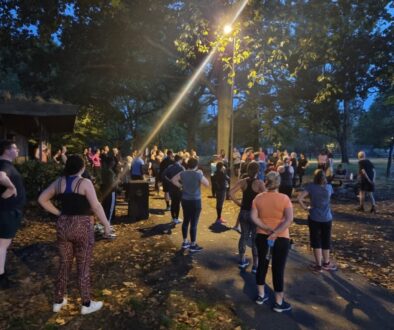Motivation: In It For the Long Term
For those who have hopes to kickstart or reignite an existing exercise regime, it is worth keeping in mind that many health experts believe it takes 21 days until your routine becomes a long-term habit. So in order not to lose hope, the first 21 days are crucial.
The Key To Long-Term Exercise
There are several articles with varying tips on how to obtain good habits. Advice on this ranges from getting a gym membership to writing down a well-defined set of fitness goals. Another example is giving personal rewards for accomplishing your ambitions. Whilst these are great for getting started, they do not hold the key to long-term motivation and commitment. A regular exercise routine can be extremely repetitive. Repetition can be dull and will eventually bore the average person. In many cases, even the most self-motivated experience boredom.
Joining a gym, finding a workout partner, and documenting fitness goals is a good start. However, it won’t exactly keep a person motivated three months down the road. In time, most people will start thinking hard about all the ‘enjoyable’ things they would rather be doing. At which point the fight ends in defeat. So, what’s the key to long-term exercise motivation?
Components of Motivation
There are two elementary components, fun and variance. Motivation is usually driven by the desire to accomplish something. It is then kept intact by continuously stimulating the mind. If the mind isn’t aroused, it will rapidly lose the willingness for the original goal. To create a desire for exercise, you have to stimulate your mind by making the activity an enjoyable and adventurous experience. Which is precisely what fun and variance add to a long-term exercise routine.
Have Fun
Fun – Treating exercise like hard work is a self-fulfilling prophecy. Staying motivated isn’t hard if you approach your training with an open mind. Be flexible and let yourself have fun. Eventually, you will realise that you’re enjoying working out. Before you know it, you will be looking forward to exercising. Working out with others can be a great way to fuel your drive. This does not necessarily have to be a big organised competition. It can be a local group setting that focuses on fun and inclusive exercise. Simply put, a place creating space for adults to have fun while exercising.
Vary It
Variance – Keep things fresh! No matter how captivating the activity is, if it is performed in repetition over several weeks, it will ultimately become a dreadfully dull experience. Do a variety of different routines each week. Your gym has numerous exercise machines, free weights, and pieces of cardio equipment. Ask a trainer for help if you need to, or be adventurous and figure it out yourself. Watch other people and learn. Make sure you start with light weights or slow-speed settings when unfamiliar with a piece of equipment. Start randomly alternating through them weekly, doing 3 or 4 sets of 3 or 4 exercises a few times weekly. Never do the same movements in the exact order two weeks in a row.
Tabata timer apps are great. You can manipulate these in various ways to suit your fitness level, such as the duration of an activity, recovery times and the number of rounds performed. Also, mix up your exercise surroundings by having some indoor and some outdoor activities. Keep your mind stimulated.
So there you have it… to reach that point where exercise adherence becomes long term, seek out fun, whilst keeping things fresh!




